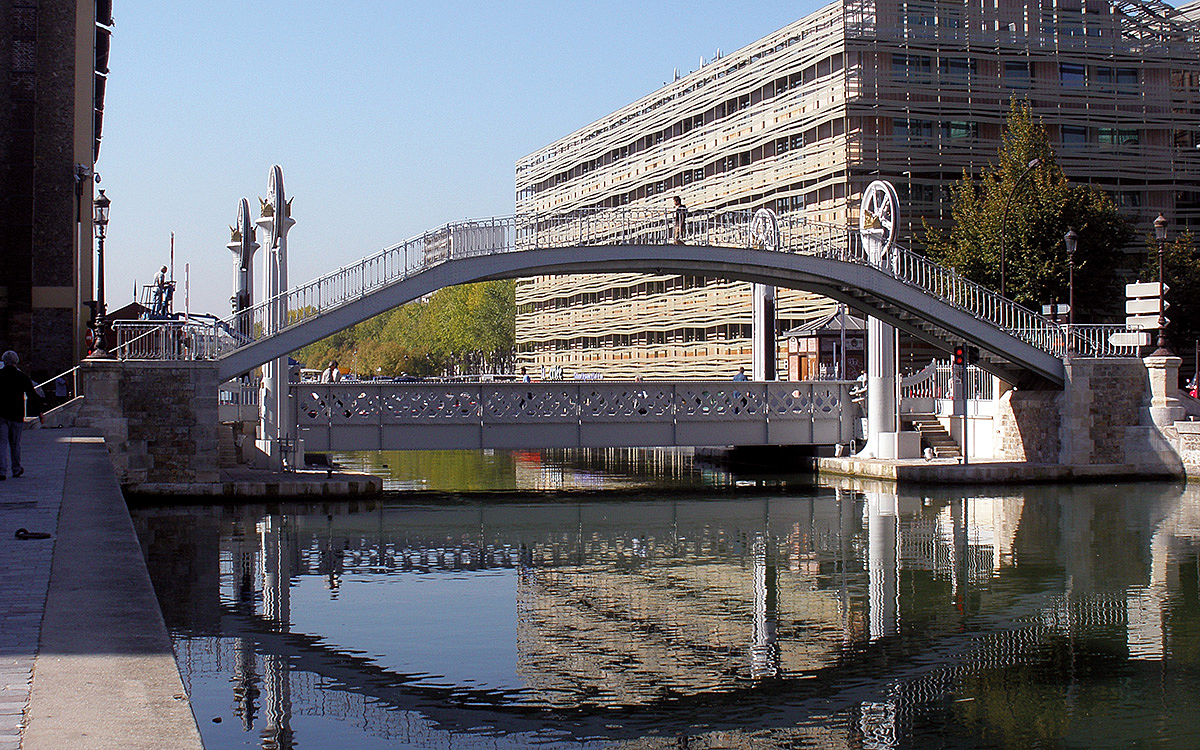Created by Napoleon Bonaparte, the Ourcq canal, which celebrates its 200th anniversary in 2022, remains very popular with Parisians and tourists, and supplies the capital’s non-potable water network. We take a look back at some of the anecdotes that mark its rich history.
–
1. The Ourcq, a river used by boatmen since the 15th centurye century
Before the canal, there was… a simple river. The Ourcq has its source in the Aisne and flows into the Marne at Mary-sur-Marne. From the XVe century, it aroused the interest of boatmen wishing to transport firewood and construction and grain to Paris. In 1415, King Charles VI authorized the provost of the merchants of Paris to exploit the river: on his behalf to ensure its maintenance.
–
In the XVIe century, François de Valois, future François Ier, reorganized the forest of Retz, located north-east of Paris, near Villers-Cotterêts. The Ourcq river turns out to be the most suitable route for bringing firewood and construction wood from this forest to Paris and the cereals produced in the Duchy of Valois.
–
A start of development is then decided: François 1is authorizes in 1520 the provost of merchants and the aldermen of Paris to cleanse, clean and make navigable “Both the aforementioned rus and rivers of the Seine, Vanne, Morin and Ourcq, as well as other ponds and demolish any mill which would interfere with navigation”.
–
After 1560 began the canalization of the Ourcq, the construction of reservoirs including the Ramée ponds and a system of floating and simple locks (sluices) allowing forest products to be transported to Paris.
–
In 1661, the privileges and tolls of the Ourcq were awarded to Philippe d’Orléans by Louis XIV, his brother. This measure is at the origin of the “Canal of the Dukes”, work of Louis de Règemortes in the 18th centurye century.
–
–
2. A canal project to the Place de la Nation never saw the light of day
In the XVIIe century, Pierre-Paul Riquet, baron of Bonrepos and engineer of the Canal du Midi, proposed to bring the Ourcq to Paris by a navigable canal. His goal ? Reach the Place du Trône (the current Place de la Nation). But his death in 1680 and the disgrace of his protector Colbert put an end to this project.
–
3. The Ourcq canal was born from the will of Napoleon Bonaparte
At the very beginning of the XIXe century, Napoleon Bonaparte, then First Consul, decided to create a canal connecting the Ourcq river to Paris. Objective: to try to solve the serious water supply problems that the capital was then undergoing, and to facilitate navigation in particular by cutting the meander of the Seine thanks to the Saint-Martin and Saint-Denis canals. Work began on September 23, 1802, a few months after the promulgation of the decree of Floréal 29, year X (May 19, 1802).
–
Bonaparte appoints a man of confidence at the head of the site: the engineer and mathematician Pierre-Simon Girard. He is one of the 160 scholars who had accompanied him during the Egyptian campaign of 1798.
–
–
It is the birth certificate of the canals of Paris. The works allow the opening of a diversion canal from the Ourcq, with the creation of a sharing basin at La Villette around which the Saint-Martin canal and the Saint-Denis canal are articulated.
–
The Ourcq canal was inaugurated on August 15, 1813: a first boat then left from Claye-Souilly (Seine-et-Marne) and arrived at La Villette. Then the portion of the Ourcq canal between Mareuil (Oise) and Paris opened in 1822. As for the Saint-Denis canal, it was completed in 1821, and the Saint-Martin canal in 1825.
–
4. The Canal de l’Ourcq is the longest of the Parisian canals – Of the three Parisian canals, it is the longest: the Canal de l’Ourcq stretches 97 km from Paris (19e) in Mareuil-sur-Ourcq (Oise). Then the canalized Ourcq river extends the canal for 11 km from Mareuil-sur-Ourcq to Port aux Perches (Aisne). In total, this 108-kilometer network with ten locks is made up of three sections:
– 11 kilometers long, without a lock, this part of the Ourcq canal has become a place of entertainment and tourism. This portion of the Ourcq Canal also has an industrial character with several freight ports installed on its banks and significant freight transport. Recreational and passenger boating is also particularly active.
– The small-scale Ourcq Canal, with its six locks, is 86 kilometers long. Formerly used for the freight of goods, it has given way to pleasure boating.
– The river extends the canal for 11 km. It is punctuated by four locks. It is the part of Ourcq which presents the most picturesque landscapes, in particular around La Ferté-Milon.
– 5. A mini canal feeds the Ourcq canal Do you know the Clignon? This little cousin of Ourcq was born in 1841: this bypass channel, which flows from Montigny-l’Allier (Aisne) to Neufchelles (Oise), was created to provide additional water to the Ourcq canal. About 2 km long, it captures the waters of the Clignon, a small tributary of the left bank of the Ourcq. This mini canal is only navigable for 1.2 km. Other rivers feed the Ourcq: Collinance, Gergogne, Thérouanne and Beuvronne. 6. The Ourcq, a non-potable water reserve for Paris About 200,000 m3 / day, or more than 60% of the capital’s non-potable water needs pass through the canals. This network also supplies cisterns intended to fight against silting up of sewers.
– 7. The Ourcq canal belongs to the City of Paris The ownership and management of the river network by the City of Paris are a legacy of history. The municipalization of the network was carried out in two stages. In 1861, the City bought the Saint-Martin canal. Then, in 1876, it buys the Ourcq and Saint-Denis canals. Paris thus became the sole owner of the river network of the “Paris canals” and the guarantor of its hydraulic management. Currently, this network still fulfills the two functions of water supply and transport.
– 8. The port of La Villette was the hub of goods transport at the beginning of the 20e century The 1910s marked the golden age of river transport, a time when road transport was still in its infancy. The port of La Villette, served by the Ourcq, Saint-Denis and Saint-Martin canals, is even one of the first inland ports in France: it is then a real hub for the transport of goods between the lower and upper Seine. Then, competition from rail and road, especially for the transport of cereals and timber, caused a gradual decline in traffic during the 20e century.
– 9. A barge can carry the equivalent of 22 semi-trailer trucks. Nowadays, the Ourcq canal, like the Saint-Denis canal, retains an industrial vocation: many ports along their banks are active. They are mainly used for the loading and unloading of construction materials, the disposal of spoil and the production of concrete.
– It is an ecological alternative to road transport: a 350-ton Freycinet-type barge that passes quietly over the canals is equivalent to ten 35-ton semi-trailers. On the Saint-Denis Canal, some barges even transport up to 800 tonnes, the equivalent of 22 semi-trailers!
– River traffic fluctuates around 745,000 tonnes per year, depending on the activity of the building and public works.
– 10. The Ourcq canal, a true ecological corridor The Ourcq canal, like the Saint-Denis canal, the Villette basin or the Saint-Martin canal, is home to an astonishing biodiversity, in the water, on the water or in the air (seagulls, cormorants, gulls, etc.). In February 2020, a vegetated raft was installed on the Ourcq canal (19th) serving as a place of refuge for fauna, but also providing food and reproduction space for aquatic and underwater species. –
–
–
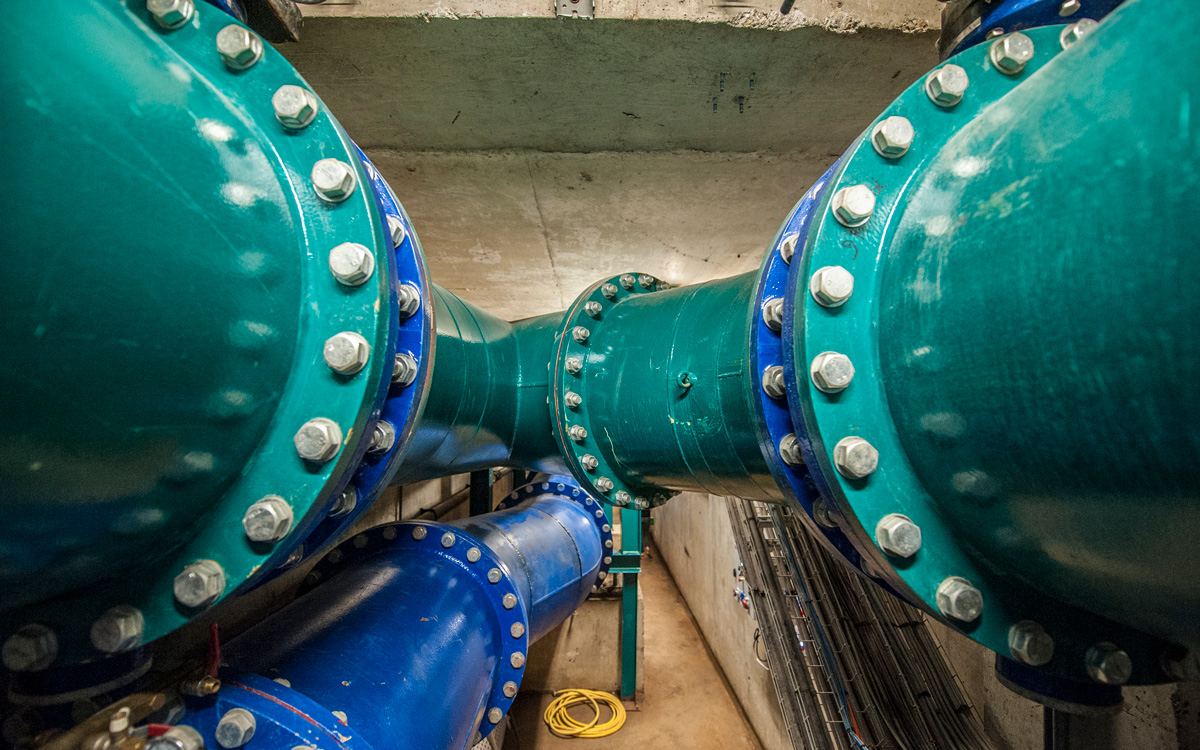
–
–
–
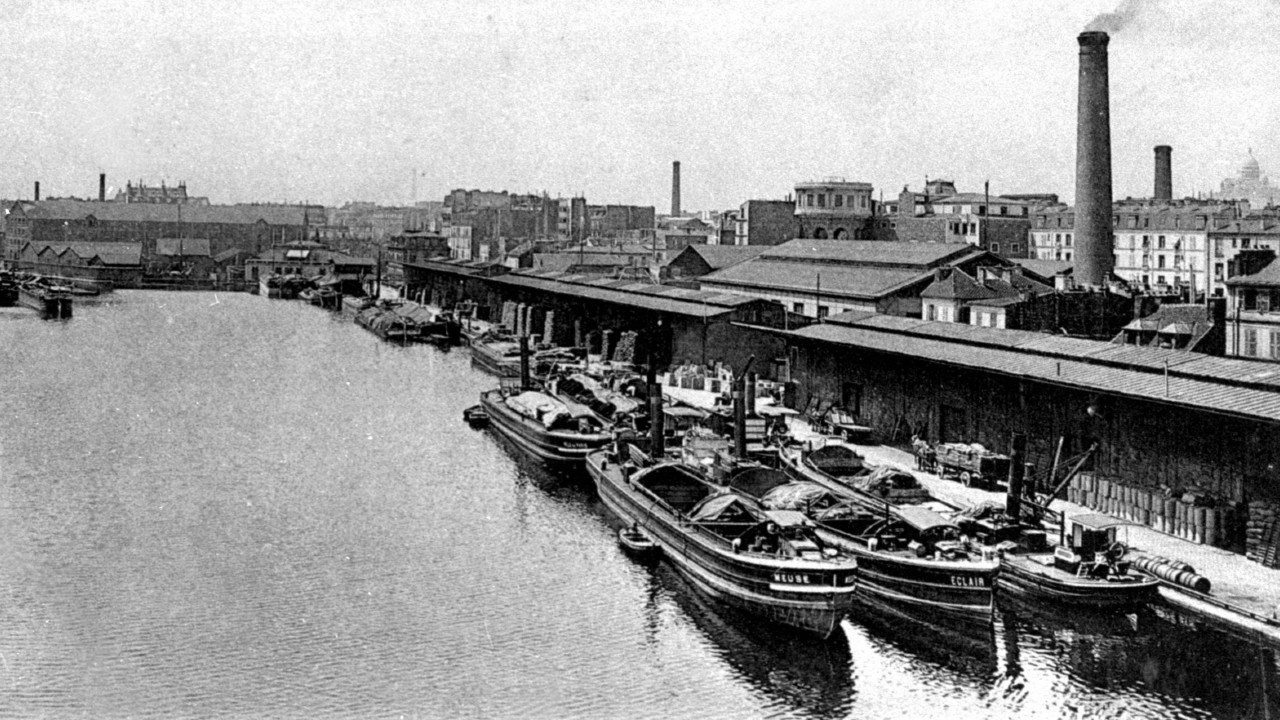
–
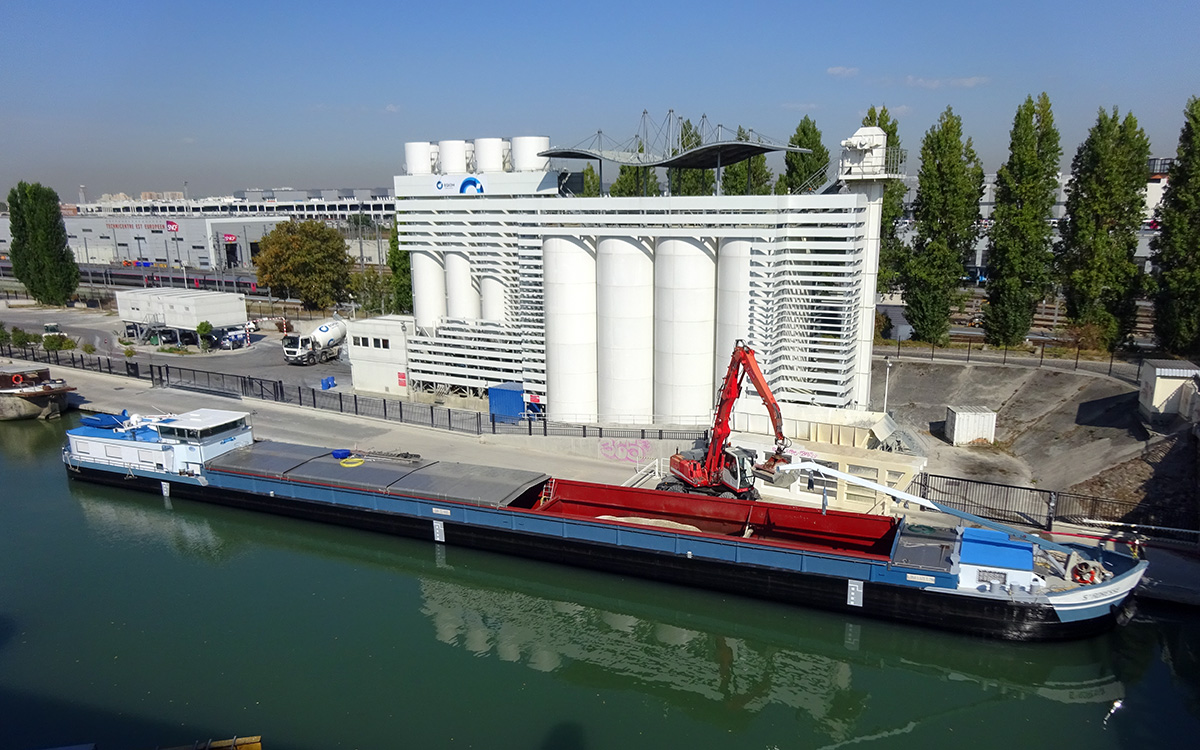
–
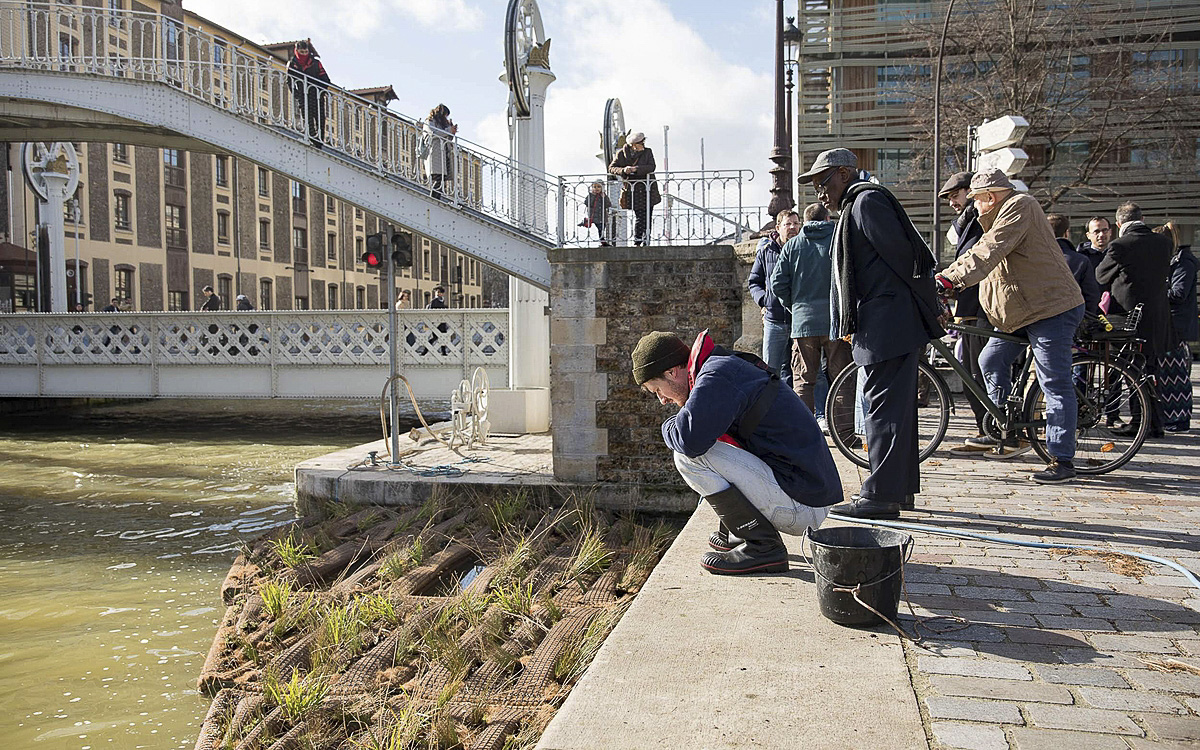
–
–
–Related posts:
